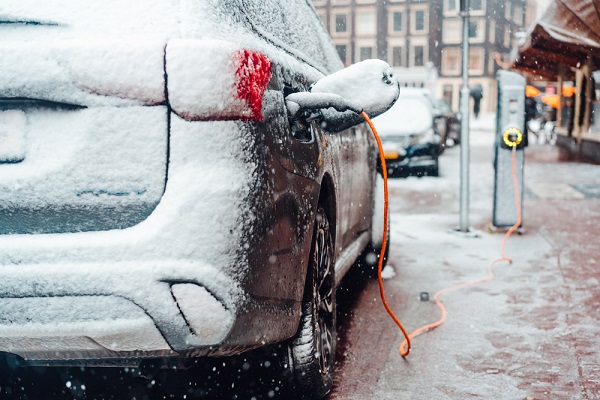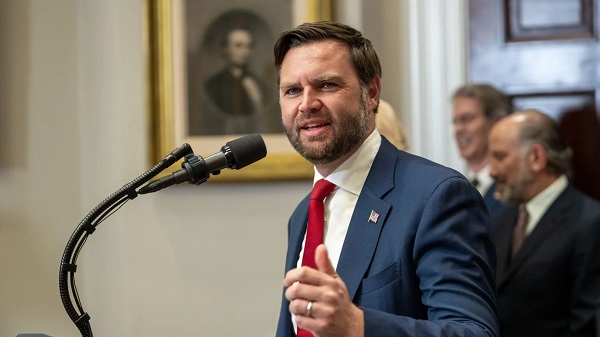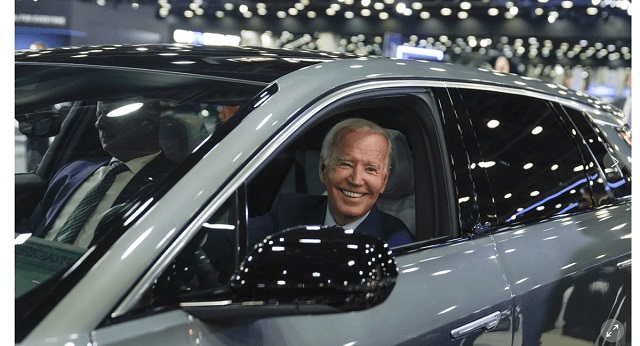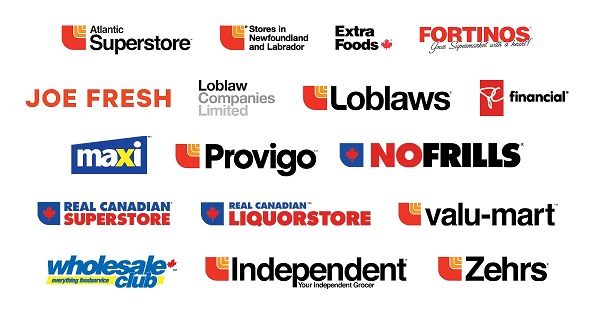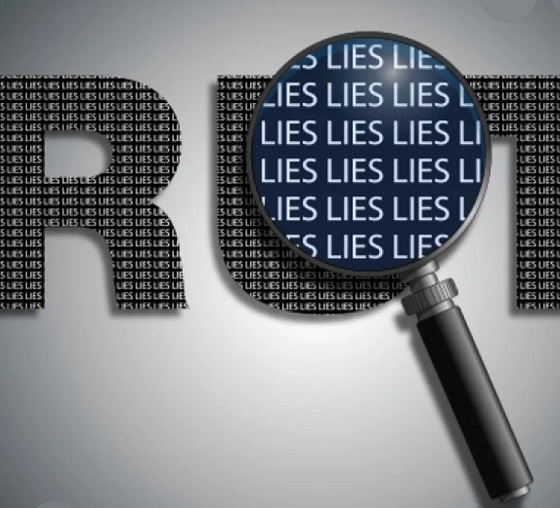Business
Trudeau’s four-day trip to Europe racks up $71,000 food bill

From the Canadian Taxpayers Federation
By Ryan Thorpe
“It would have been cheaper for each member of the prime minister’s delegation to go to the Keg, order a prime rib steak, a Caesar salad, baked garlic shrimp and a bottle of pinot noir for every meal.”
Break out the DVD player and aerate a few bottles of the 2015 Riesling, because Prime Minister Justin Trudeau has an important work trip.
The food bill for Trudeau’s four-day trip to Italy and Switzerland this June cost more than $71,000, including at least $43,000 spent on airplane food alone, according to the records.
That works out to an average meal cost of $145. Add it up and the total food bill averaged more than $1,700 per member of the Canadian delegation.
To put that in context: the average Canadian family of four spends about $1,400 on food per month, according to Canada’s Food Price Report.
“The per person food bill for Trudeau and his entourage on this trip was more than the average Canadian family spends on groceries in a month,” said Franco Terrazzano, CTF Federal Director. “It would have been cheaper for each member of the prime minister’s delegation to go to the Keg, order a prime rib steak, a Caesar salad, baked garlic shrimp and a bottle of pinot noir for every meal.”
The total taxpayer tab for the four-day trip came to nearly $1 million, according to access-to-information records obtained by the Canadian Taxpayers Federation from the Department of National Defence and the Privy Council Office.
The cost of the trip could be even higher, as “some accommodations were covered by Global Affairs Canada,” according to the records.
Trudeau travelled to Apulia, Italy, and Lucerne, Switzerland, between June 13 and 16, 2024, to attend a G7 Summit and a Summit on Peace in Ukraine.
All told, the trip cost Canadian taxpayers at least $918,000, according to the records.
Prior to take-off, government bureaucrats purchased $812 worth of junk food from a grocery store – including Red Bull, pop (Pepsi, Coke, Sprite), chocolate bars (Kit Kats, Twix’s, Reece’s Pieces) and candy (Swedish Berries, Fuzzy Peaches).
Government bureaucrats also swung by a record store and purchased $102 worth of DVDs for the flight, according to the records.
The purchases included the first season of Wednesday, a supernatural coming-of-age TV show based on the Addams Family, Madame Web, a superhero film, the sci-fi thriller Chronicle, and Witness, a 1995 crime movie starring Harrison Ford.
During the flights, the passengers were served meals that would be at home on the menu of a fine dining restaurant, alongside four types of wine – a 2021 Chardonnay, a 2015 Riesling, a 2018 Baco Noir and a 2021 Merlot.
Meals included veal piccata Milanese with potato, buttered green peas and broccoli, and lamb ribs with whole grain mustard sauce, rice pilaf and sauteed spinach.
Other dinner options included cheese ravioli with rose sauce, roasted red peppers and parmesan cheese, grilled chicken with lemon caper sauce, mashed potatoes and glazed carrots, and beef stroganoff with buttered noodles and snow peas.
For dessert, passengers chose between raspberry cheesecake coulis, chocolate and pistachio cake and Swiss chocolate cake.
“I like Sydney Sweeney as much as the next guy, but maybe Trudeau could do some actual work or download a movie on Netflix the next time he flies, instead of billing taxpayers for a DVD copy of Madame Web,” Terrazzano said. “While he’s at it, maybe Trudeau could forgo the Swiss chocolate cake while Canadians back home are lining up at food banks in record numbers.”
Trudeau travelled with an entourage ranging from 36 to 41 people during the four-day trip, including two coordinators of digital and creative content, a videographer, and a photographer, according to the records.
This is far from the first time a short trip for Trudeau meant a big bill for taxpayers.
Trudeau’s six-day trip to the Indo-Pacific region in September 2023 included more than $223,000 spent on airplane food, according to records obtained by the CTF.
That entire trip came with a taxpayer tab of nearly $2 million.
In 2022, Stewart Wheeler, who was Canada’s chief of protocol at the time, told a Parliamentary committee the government would bring down the cost of international travel.
“We recognize that the system that we had in place was not delivering the kind of oversight and control that Canadian taxpayers deserve,” Wheeler said.
Wheeler’s comments came after Governor General Mary Simon spent $100,000 on inflight catering during a nine-day trip to the Middle East in March 2022.
“The government promised to bring the cost of international travel down, but taxpayers are still getting stuck with outrageous bills,” Terrazzano said. “The government needs to figure out how to fly overseas without spending more on food in a few days than four families spend on groceries in an entire year.”
Business
Fuelled by federalism—America’s economically freest states come out on top

From the Fraser Institute
Do economic rivalries between Texas and California or New York and Florida feel like yet another sign that America has become hopelessly divided? There’s a bright side to their disagreements, and a new ranking of economic freedom across the states helps explain why.
As a popular bumper sticker among economists proclaims: “I heart federalism (for the natural experiments).” In a federal system, states have wide latitude to set priorities and to choose their own strategies to achieve them. It’s messy, but informative.
New York and California, along with other states like New Mexico, have long pursued a government-centric approach to economic policy. They tax a lot. They spend a lot. Their governments employ a large fraction of the workforce and set a high minimum wage.
They aren’t socialist by any means; most property is still in private hands. Consumers, workers and businesses still make most of their own decisions. But these states control more resources than other states do through taxes and regulation, so their governments play a larger role in economic life.
At the other end of the spectrum, New Hampshire, Tennessee, Florida and South Dakota allow citizens to make more of their own economic choices, keep more of their own money, and set more of their own terms of trade and work.
They aren’t free-market utopias; they impose plenty of regulatory burdens. But they are economically freer than other states.
These two groups have, in other words, been experimenting with different approaches to economic policy. Does one approach lead to higher incomes or faster growth? Greater economic equality or more upward mobility? What about other aspects of a good society like tolerance, generosity, or life satisfaction?
For two decades now, we’ve had a handy tool to assess these questions: The Fraser Institute’s annual “Economic Freedom of North America” index uses 10 variables in three broad areas—government spending, taxation, and labor regulation—to assess the degree of economic freedom in each of the 50 states and the territory of Puerto Rico, as well as in Canadian provinces and Mexican states.
It’s an objective measurement that allows economists to take stock of federalism’s natural experiments. Independent scholars have done just that, having now conducted over 250 studies using the index. With careful statistical analyses that control for the important differences among states—possibly confounding factors such as geography, climate, and historical development—the vast majority of these studies associate greater economic freedom with greater prosperity.
In fact, freedom’s payoffs are astounding.
States with high and increasing levels of economic freedom tend to see higher incomes, more entrepreneurial activity and more net in-migration. Their people tend to experience greater income mobility, and more income growth at both the top and bottom of the income distribution. They have less poverty, less homelessness and lower levels of food insecurity. People there even seem to be more philanthropic, more tolerant and more satisfied with their lives.
New Hampshire, Tennessee, and South Dakota topped the latest edition of the report while Puerto Rico, New Mexico, and New York rounded out the bottom. New Mexico displaced New York as the least economically free state in the union for the first time in 20 years, but it had always been near the bottom.
The bigger stories are the major movers. The last 10 years’ worth of available data show South Carolina, Ohio, Wisconsin, Idaho, Iowa and Utah moving up at least 10 places. Arizona, Virginia, Nebraska, and Maryland have all slid down 10 spots.
Over that same decade, those states that were among the freest 25 per cent on average saw their populations grow nearly 18 times faster than those in the bottom 25 per cent. Statewide personal income grew nine times as fast.
Economic freedom isn’t a panacea. Nor is it the only thing that matters. Geography, culture, and even luck can influence a state’s prosperity. But while policymakers can’t move mountains or rewrite cultures, they can look at the data, heed the lessons of our federalist experiment, and permit their citizens more economic freedom.
Automotive
Politicians should be honest about environmental pros and cons of electric vehicles

From the Fraser Institute
By Annika Segelhorst and Elmira Aliakbari
According to Steven Guilbeault, former environment minister under Justin Trudeau and former member of Prime Minister Carney’s cabinet, “Switching to an electric vehicle is one of the most impactful things Canadians can do to help fight climate change.”
And the Carney government has only paused Trudeau’s electric vehicle (EV) sales mandate to conduct a “review” of the policy, despite industry pressure to scrap the policy altogether.
So clearly, according to policymakers in Ottawa, EVs are essentially “zero emission” and thus good for environment.
But is that true?
Clearly, EVs have some environmental advantages over traditional gasoline-powered vehicles. Unlike cars with engines that directly burn fossil fuels, EVs do not produce tailpipe emissions of pollutants such as nitrogen dioxide and carbon monoxide, and do not release greenhouse gases (GHGs) such as carbon dioxide. These benefits are real. But when you consider the entire lifecycle of an EV, the picture becomes much more complicated.
Unlike traditional gasoline-powered vehicles, battery-powered EVs and plug-in hybrids generate most of their GHG emissions before the vehicles roll off the assembly line. Compared with conventional gas-powered cars, EVs typically require more fossil fuel energy to manufacture, largely because to produce EVs batteries, producers require a variety of mined materials including cobalt, graphite, lithium, manganese and nickel, which all take lots of energy to extract and process. Once these raw materials are mined, processed and transported across often vast distances to manufacturing sites, they must be assembled into battery packs. Consequently, the manufacturing process of an EV—from the initial mining of materials to final assembly—produces twice the quantity of GHGs (on average) as the manufacturing process for a comparable gas-powered car.
Once an EV is on the road, its carbon footprint depends on how the electricity used to charge its battery is generated. According to a report from the Canada Energy Regulator (the federal agency responsible for overseeing oil, gas and electric utilities), in British Columbia, Manitoba, Quebec and Ontario, electricity is largely produced from low- or even zero-carbon sources such as hydro, so EVs in these provinces have a low level of “indirect” emissions.
However, in other provinces—particularly Alberta, Saskatchewan and Nova Scotia—electricity generation is more heavily reliant on fossil fuels such as coal and natural gas, so EVs produce much higher indirect emissions. And according to research from the University of Toronto, in coal-dependent U.S. states such as West Virginia, an EV can emit about 6 per cent more GHG emissions over its entire lifetime—from initial mining, manufacturing and charging to eventual disposal—than a gas-powered vehicle of the same size. This means that in regions with especially coal-dependent energy grids, EVs could impose more climate costs than benefits. Put simply, for an EV to help meaningfully reduce emissions while on the road, its electricity must come from low-carbon electricity sources—something that does not happen in certain areas of Canada and the United States.
Finally, even after an EV is off the road, it continues to produce emissions, mainly because of the battery. EV batteries contain components that are energy-intensive to extract but also notoriously challenging to recycle. While EV battery recycling technologies are still emerging, approximately 5 per cent of lithium-ion batteries, which are commonly used in EVs, are actually recycled worldwide. This means that most new EVs feature batteries with no recycled components—further weakening the environmental benefit of EVs.
So what’s the final analysis? The technology continues to evolve and therefore the calculations will continue to change. But right now, while electric vehicles clearly help reduce tailpipe emissions, they’re not necessarily “zero emission” vehicles. And after you consider the full lifecycle—manufacturing, charging, scrapping—a more accurate picture of their environmental impact comes into view.
-

 Alberta12 hours ago
Alberta12 hours agoThe Recall Trap: 21 Alberta MLA’s face recall petitions
-

 Digital ID2 days ago
Digital ID2 days agoCanada considers creating national ID system using digital passports for domestic use
-

 Alberta2 days ago
Alberta2 days agoHere’s why city hall should save ‘blanket rezoning’ in Calgary
-

 Fraser Institute2 days ago
Fraser Institute2 days agoClaims about ‘unmarked graves’ don’t withstand scrutiny
-

 Business2 days ago
Business2 days agoToo nice to fight, Canada’s vulnerability in the age of authoritarian coercion
-
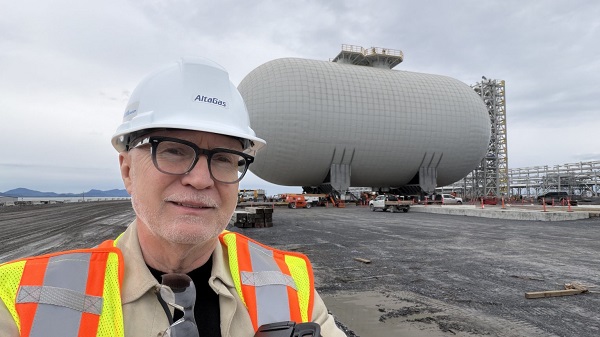
 Energy2 days ago
Energy2 days agoMeet REEF — the massive new export engine Canadians have never heard of
-

 Business2 days ago
Business2 days agoUNDRIP now guides all B.C. laws. BC Courts set off an avalanche of investment risk
-
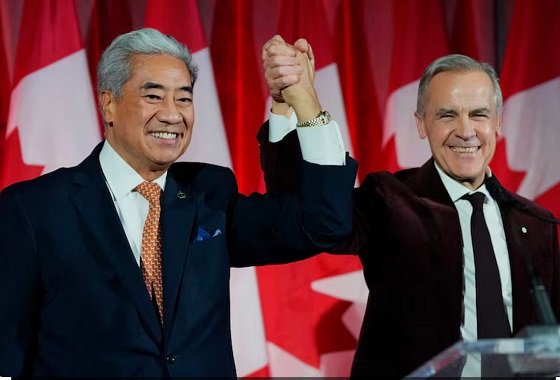
 Fly Straight - John Ivison1 day ago
Fly Straight - John Ivison1 day agoMPs who cross the floor are dishonourable members





